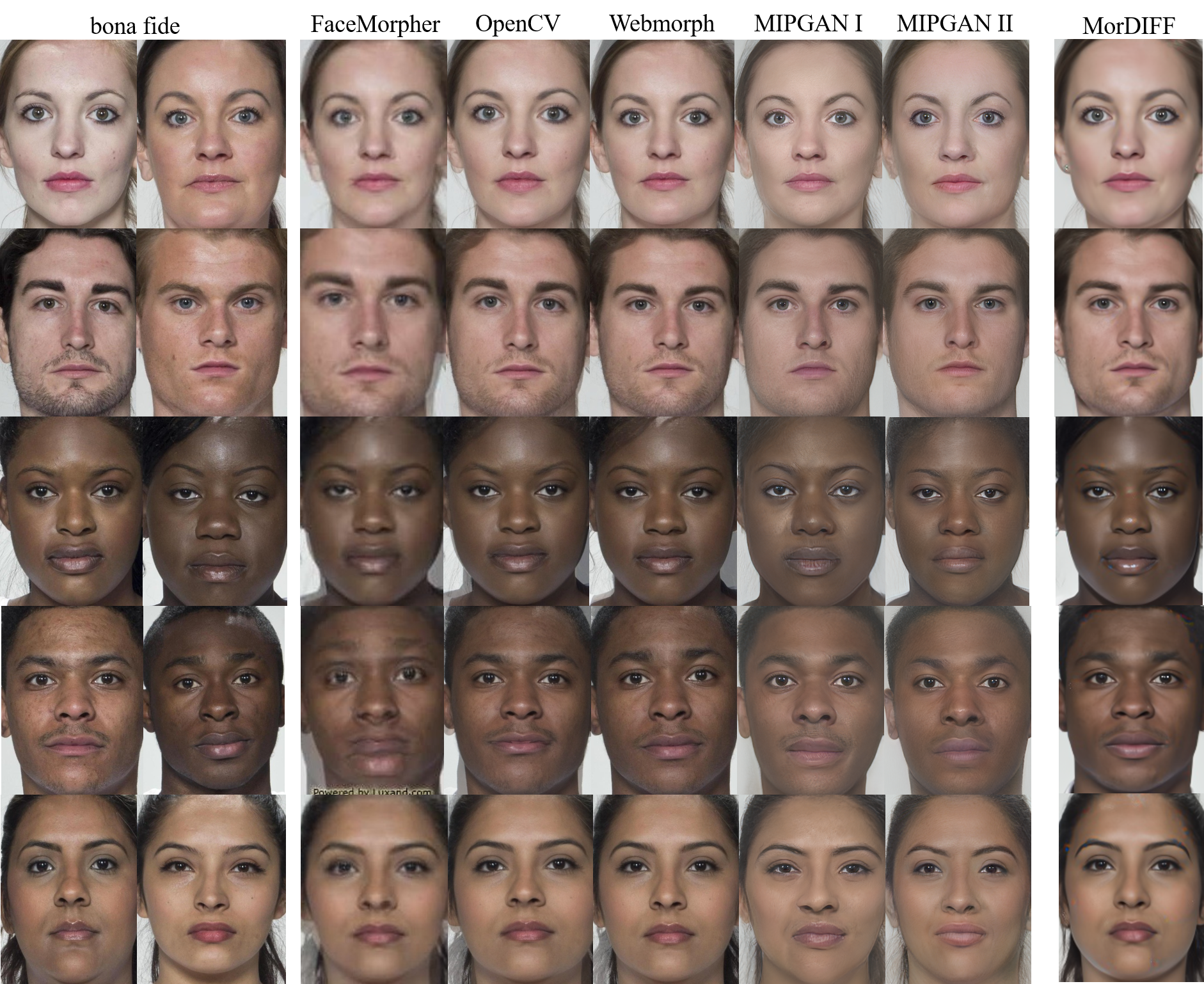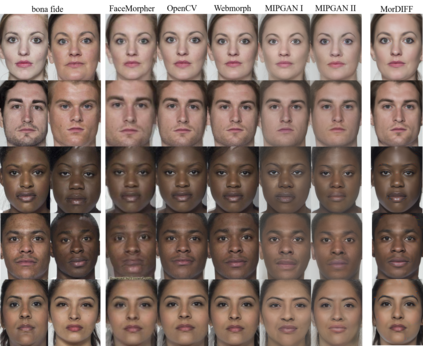Investigating new methods of creating face morphing attacks is essential to foresee novel attacks and help mitigate them. Creating morphing attacks is commonly either performed on the image-level or on the representation-level. The representation-level morphing has been performed so far based on generative adversarial networks (GAN) where the encoded images are interpolated in the latent space to produce a morphed image based on the interpolated vector. Such a process was constrained by the limited reconstruction fidelity of GAN architectures. Recent advances in the diffusion autoencoder models have overcome the GAN limitations, leading to high reconstruction fidelity. This theoretically makes them a perfect candidate to perform representation-level face morphing. This work investigates using diffusion autoencoders to create face morphing attacks by comparing them to a wide range of image-level and representation-level morphs. Our vulnerability analyses on four state-of-the-art face recognition models have shown that such models are highly vulnerable to the created attacks, the MorDIFF, especially when compared to existing representation-level morphs. Detailed detectability analyses are also performed on the MorDIFF, showing that they are as challenging to detect as other morphing attacks created on the image- or representation-level. Data and morphing script are made public.
翻译:创建面形攻击的新调查方法对于预测新式攻击和帮助减轻这些攻击至关重要。 创建形形攻击通常在图像级别或代表级别上进行。 迄今为止,代表级别变形是根据基因化对抗网络(GAN)进行的,编码图像在潜藏空间内被内插以内插制成以内插矢量为基础的变形图像。这一过程受到GAN结构重建忠诚度有限的制约。 传播自动编码模型的最新进展克服了GAN的局限性,导致重建高度忠诚。这在理论上使他们成为进行代表级别变形的完美候选人。这项工作利用传播自动编码网络进行调查,通过将其与广泛的图像级别和代表级别变形图像进行比较,来制造面形攻击。我们对四个最先进的面部识别模型进行的脆弱性分析表明,这类模型极易受到已形成的攻击,尤其是与现有的代表级别变形相比,摩尔德- 摩德- 格勒(MORDIFF) 已经克服了GAN的局限性,这使他们成为执行代表级别变形的完美人选。 详细的可探测性分析也通过传播性分析来制造成像。




